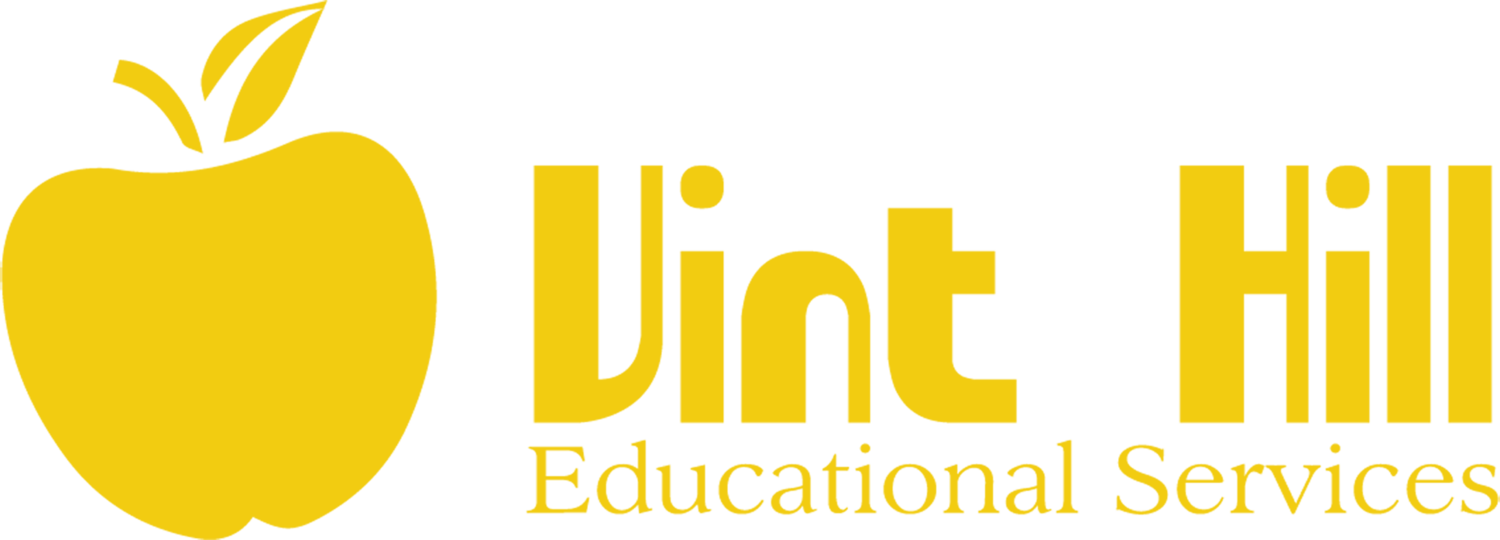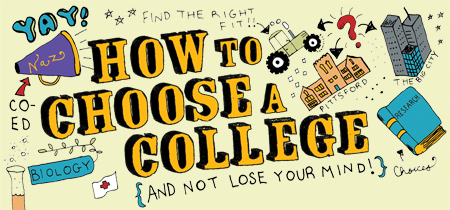College application deadlines can seem to pop up faster than social media trends. But, preparing for college, inevitably, takes time.
Plenty of students prefer to get ready as early as their junior year of high school—in an effort to strengthen their eventual college applications (and make the process more manageable).
For those interested in college, some years of high school carry more weight—especially, the junior year. Colleges often look more closely at grades and achievements from students’ junior years when evaluating who to accept.
Some high school years carry more weight—especially, the junior one. After all, that third year in high school is the last full academic calendar a college can view before students apply.
So, approaching junior year with a clear action plan may even give applicants a leg up on admission into their dream college. Compiling a junior year of high school checklist could help students to tackle this vital year with more drive, confidence, and focus.
Here’s an overview of why junior year of high school is so key and some strategies for staying focused while preparing to apply for college.
Why Junior Year is Important
Junior year of high school can be especially impactful for strengthening a student’s college application. It’s the last school year that universities can look at in full before applications are due during senior year.
So, many admissions committees pay particularly close attention to grades and extracurricular activities from the junior year of high school.
The third year of high school can feel overwhelmingly for a few reasons:
• Class difficulty levels can increase later on in high school
• Students can begin studying now for the SAT and ACT. (It’s possible to take these exams in spring of junior year, affording juniors a chance to retake them during the fall of senior year.)
• Upper-class students can take on numerous extracurriculars and a part-time job.
Although junior year can strongly impact one’s college admissions chances, it’s not an impossible weight to lift (when planned for).
Entering junior year with a checklist in hand may help students see more success when college acceptance letters are sent out the next year. Here are some helpful things students may want to keep in mind to make more out of this critical year:
Getting Involved in Extracurriculars
To strengthen their college applications, many juniors opt to get more involved with organizations or activities they care deeply about. Being involved in extracurriculars doesn’t have to feel like a chore.
Extracurriculars that might stand out on a college application range from clubs to student council, from athletic endeavors to volunteering. There’s no one-size-fits-all way for students to be engaged in school or in their communities.
Many high schools host a variety of clubs that students can join. Juniors could choose one or two they’re really passionate about, allowing these extracurricular activities to serve as a break from hitting the books (all while still fleshing out their college application profile).
Staying Focused
Another potential way to increase focus is to keep a planner. It seems simple, but in today’s technology-driven age, it’s easy to forget how valuable writing big dates or goals down can be.
With seven dates available to take the SAT, and seven or more different dates available to take the ACT, it’s not hard for busy students to lose track of when to study for and schedule their college admission tests.
Once a test date has been chosen, students can mark it down in their printed planner. It’s then possible for a high school junior to work backward, planning out practice tests and penciling in study sessions during the build-up to the testing date.
The simple act of writing things down can make them easier to remember, so some researchers suggest jotting down key dates first in a physical planner before then adding them to a digital device or calendar.
Making a Junior Year Checklist
In addition to writing down important dates, some students may benefit from making a personalized junior year checklist. Some tasks that could be included on such a list are:
• Studying for major tests, like the SAT or ACT
• Joining extracurricular clubs or organizations
• Researching different colleges and universities
• Getting familiar with the format of college applications
Once a checklist is drafted, students might then make to-do lists under each sub-category. The planner could be used in tandem to help students stay on top of these goals and deadlines.
Designating a Study Space
Creating a dedicated space for studying can also improve a student’s focus during a jam-packed school year. Many high schoolers opt to designate a comfy space at home, where they may then concentrate on their studies. It’s even possible to give this study space a personal touch—decking it out with school supplies, keeping it clutter-free, and decorating it with inspirational photos or personal effects (like a magnet from one’s dream college).
Creating a dedicated study space, some claim, could both make recalling information easier and studying more effective.
Remembering to Reward Accomplishments
Busy high school juniors might want to remember to reward major accomplishments during this high-stakes year. Once important dates and tasks are mapped out (and scheduled), students could make another list of potential fun rewards to enjoy, once an outlined goal is met. Aced those finals? Binge on some light TV. Finished the SAT practice exam? Download that new game everyone’s been playing.
It may also be helpful to recall that an overly hectic junior year can increase students’ feelings of stress, possibly making it harder to accomplish big goals. Burnout is likely easier to avoid when students carve time out for regular breaks.
Strengthening that College Application
There’s a multitude of ways for juniors to strengthen their eventual college applications. Choosing which tasks to focus on can be the hard part.
It may be helpful for juniors to find a volunteer opportunity in the field they’re hoping to pursue.
Some juniors add volunteering to their schedules this year. Certain volunteer opportunities have age restrictions, which can make them easier for upper-class students to apply for. Similar to the earlier at-school clubs, many juniors opt to volunteer with non-profit organizations or institutions they’re passionate about.
To possibly stand out more on the college application, it may also be helpful for juniors to find a volunteer opportunity in the field they’re hoping to pursue as a career someday.
For instance, a student interested in medicine might seek out opportunities in a local hospital (so they could learn firsthand about that working in that environment and evidence their commitment to a given field of study.)
Getting a First Job
Junior year could also be a good time for students to get their first part-time job. Many states allow young people to begin working once they’re 16 years old. If a student can find a job that’s easy to get (and doesn’t distract from academics), work experience can be one more experience to highlight on a college application down the road. Holding a part-time job at a young age might demonstrate skills, such as time management and personal responsibility.
Moreover, there may also be unique opportunities available to upper-class students at their individual schools. It’s common for special electives or programs to open up to older students— things like working on the school yearbook, interning for credit, or volunteering on or off-site.
Financing College
Earning admission is just one piece of the going-to-college puzzle. Once accepted, many high schoolers have to wrestle with how to pay for college and the cost of tuition. For parents, saving up for a child’s college years is something they may want to start while their student is much younger.
What are some options for financing college? Some ways to pay for college include need-based grants, merit or affinity scholarships, federal student loans, and private student loans.
Some grants, such as Federal Pell Grants, are disbursed by the US government to those who qualify. Grants, unlike loans, do not typically have to be repaid by the student. Scholarships are frequently merit-based, meaning they’re often awarded based on a student’s academic, athletic or community-based accomplishments.
Many high schools and colleges publish lists of financial aid resources available to eligible undergraduates. These lists are one starting place to begin searching for potential scholarships or grants.
So, it may be worthwhile to check with a guidance counselor or on a college’s official financial aid web page (to see what resources have already been compiled).
Junior year can play a vital role in preparing students to vie for college admission. There’s a lot to keep track of this year—from juggling academics alongside extracurriculars to figuring out how, eventually, to pay for college (once accepted).
Loans are another common way to help pay for college. There are both federal as well as private student loans. Federal loans are offered by the US government to those who qualify. It’s important to note that federal loans can come with certain baked-in benefits (such as forbearance or income-driven repayment options) not always guaranteed by private lenders.
If a student and their parents can’t cover the cost of attendance after exhausting scholarship, grant, and federal loan options, some choose to pursue a private student loan.








